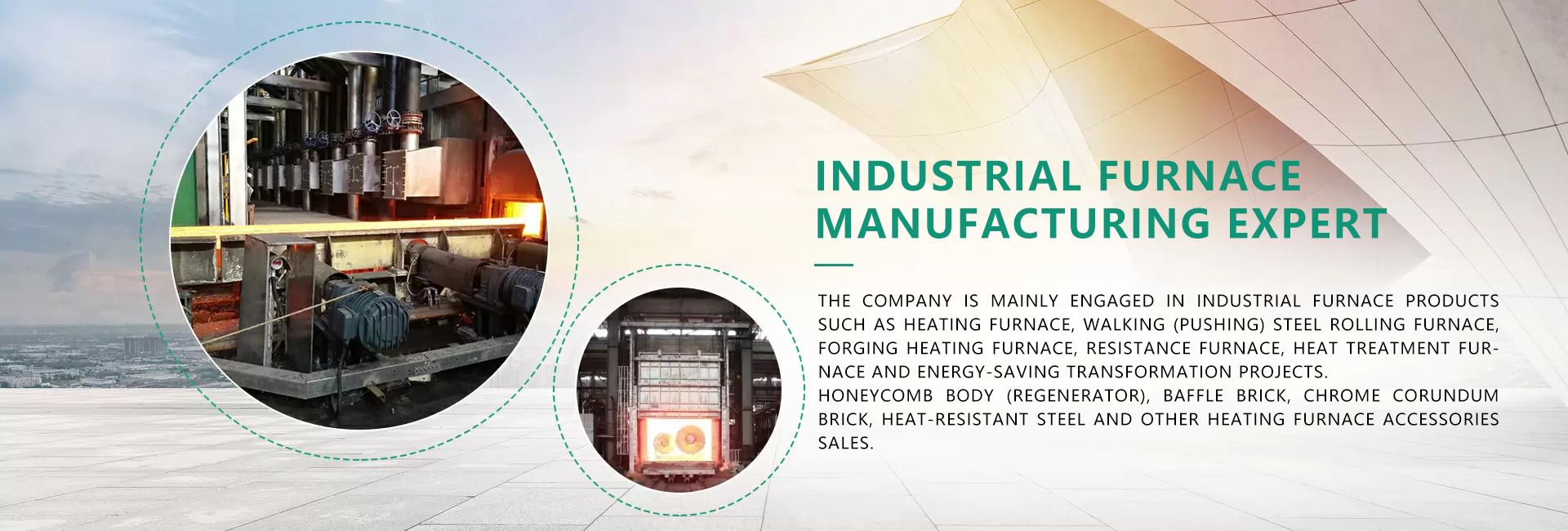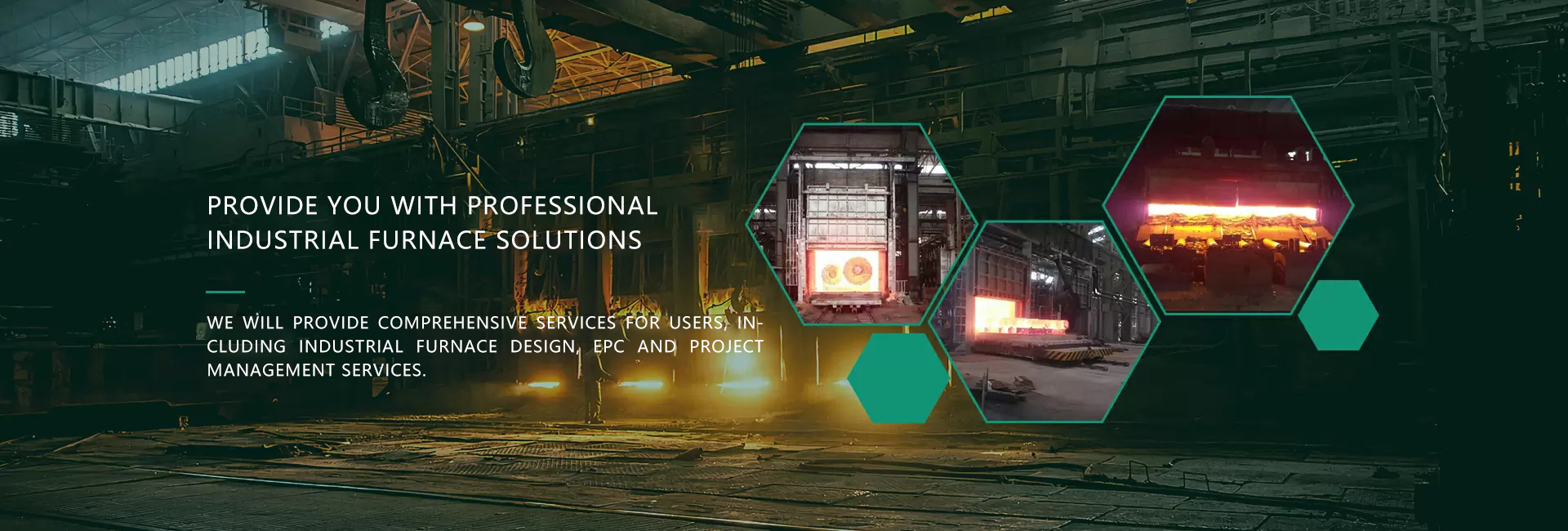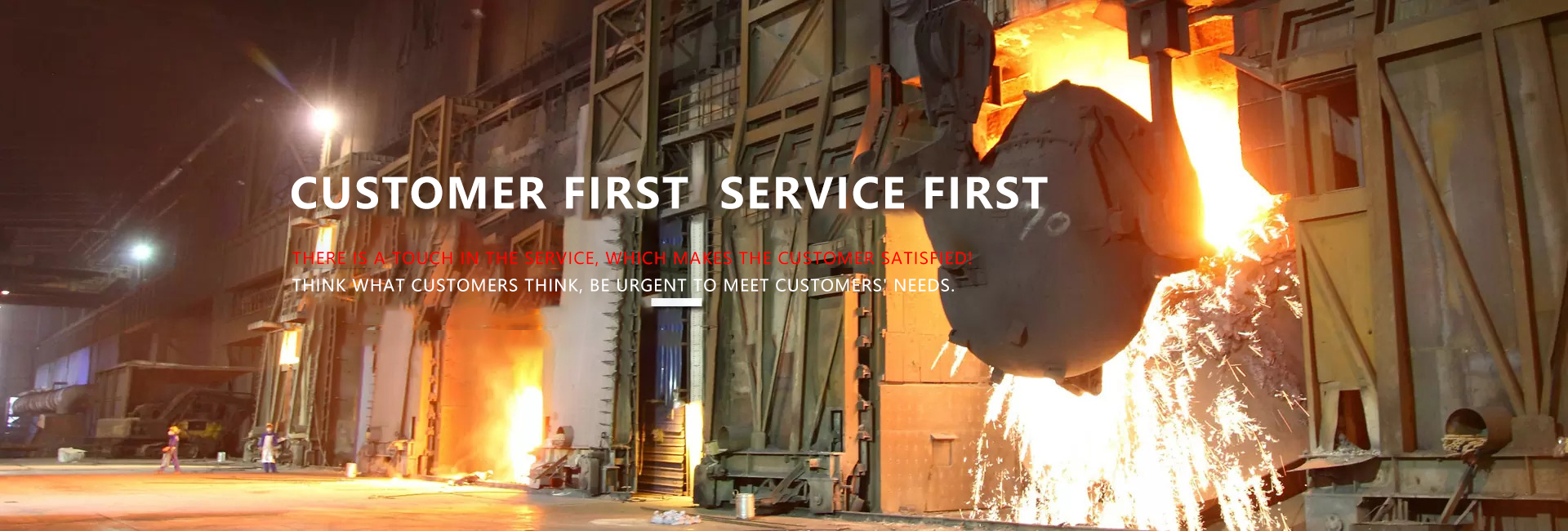current position: Home > News > Industry News > Precautions for heat treatment of stainless steel and heat-resistant steel
Precautions for heat treatment of stainless steel and heat-resistant steel
Cleaning:
1. Before heat treatment, workpieces and fixtures should be cleaned of foreign objects such as oil, residual salt, paint, etc.
2. The fixture used in the vacuum furnace should be degassed and purified in advance at a vacuum not lower than the required degree of the workpiece
Loading the furnace:
1. The workpiece is easily deformed during the heat treatment process and should be heated on a special fixture
2. The workpiece should be placed in the effective heating zone
Preheat:
1. For workpieces with complex shapes or sharp changes in cross-section and large effective thickness, preheating should be performed.
2. The methods of preheating are: 800 ºC for the first preheating, 500~550 ºC and 850 ºC for the second preheating, and the temperature rising speed of the first preheating should be limited
heating:
1. Workpieces with grooves and non-through holes, castings and welded parts, and processed stainless steel workpieces are generally not suitable for heating in a salt bath furnace
2. The workpiece heating should have sufficient holding time, which can be calculated according to the effective thickness of the workpiece and the conditional thickness (the actual thickness multiplied by the shape factor of the workpiece) with reference to Table 5-16 and Table 5-17
cool down:
1. When the martensitic stainless steel is air-cooled, it should be scattered in a dry place
2. Martensitic stainless steel and heat-resistant steel can be quenched and cooled to room temperature before cleaning, cryogenic treatment or tempering
3. The workpiece should be tempered in time after quenching, and the time interval should not exceed 4h.
4. For welded assemblies consisting of martensitic stainless steel and heat-resistant steel, the time interval between welding and subsequent heat treatment shall not exceed 4 hours
Clean up:
1. According to the requirements of the workpiece and the surface condition, it is cleaned by alkaline cleaning, water-soluble cleaning agent, chlorine solvent sand blasting, shot blasting, etc.
2. Generally, pickling is not used for cleaning
Correction:
1. The workpiece is corrected by static load, and it is generally not suitable for local knocking
2. After correction, stress relief annealing should be carried out at a temperature lower than the original tempering temperature
3. For workpieces with complex shapes or strict size requirements, after correction, use a setting fixture combined with tempering to correct them.
4. Austenitic stainless steel workpieces, after correction, stress relief below 300 ºC
Quality inspection:
1. The workpiece is inspected according to the items and requirements specified in the corresponding technical documents
2. When the mechanical properties of the workpiece are unqualified, the heat treatment can be repeated, but the number of repeated quenching or solid solution generally does not exceed twice. Supplementary tempering of workpieces does not count as reprocessing
3. Martensitic stainless steel and heat-resistant steel workpieces in the quenched state or after low temperature tempering should be preheated, annealed or tempered at high temperature before repeated quenching
4. The original records of heat treatment shall be properly kept for future reference
safety technology:
When the workpiece is heat treated, it must comply with the relevant regulations of JB4406-87 "Heat Treatment Safety Technology"



